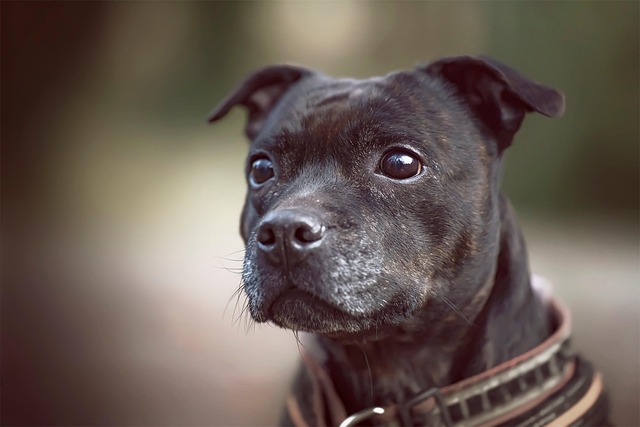
How do i train my dog to be obedient?
Watching your dog dart across the park ignoring your calls isn’t just frustrating—it can put them at risk near busy streets or public spaces.
The sight of your wobbling around, exploring the world with boundless curiosity, is heartwarming. But when it comes to teaching them the “lay down” command, the question on every owner’s mind is: how long will this take? The truth is, there’s no one - size - fits - all answer, and understanding the factors at play can turn the training process from a frustrating chore into a fun bonding experience.
Puppies typically start showing readiness for basic training around 8 - 12 weeks old. At this stage, their tiny brains are like sponges, eager to soak up new information. However, their attention spans are short—shorter than that of a distracted toddler. Some puppies might grasp the “lay down” command in just a few 5 - minute training sessions over a couple of days, while others could take weeks. Don’t be disheartened if progress seems slow; every pup learns at their own pace.
The training method you choose makes a huge difference. Positive reinforcement, like rewarding your puppy with small treats, enthusiastic praise, and gentle pets when they lay down, works wonders. Hold a treat just above their nose, then slowly lower it towards the floor. As their head follows the treat, their body will naturally lower, and when they’re in the laying position, immediately give the reward. In many regions, animal welfare guidelines encourage using such kind and effective training techniques to ensure the well - being of pets.
 Distractions play a role too. A quiet, familiar room free of noise and other animals is an ideal training ground at first. Once your puppy gets the hang of it, gradually introduce mild distractions, like a soft toy in the room. But if you try to train in a busy dog park filled with smells and sounds right away, it’s like asking a kid to focus on homework during a carnival. Remember, local leash laws often apply in public spaces, and a well - trained puppy that responds to commands helps keep outings safe and enjoyable.
Distractions play a role too. A quiet, familiar room free of noise and other animals is an ideal training ground at first. Once your puppy gets the hang of it, gradually introduce mild distractions, like a soft toy in the room. But if you try to train in a busy dog park filled with smells and sounds right away, it’s like asking a kid to focus on homework during a carnival. Remember, local leash laws often apply in public spaces, and a well - trained puppy that responds to commands helps keep outings safe and enjoyable.
Your puppy’s breed can also influence learning speed. Intelligent, working breeds like Border Collies or German Shepherds might pick up the “lay down” command relatively quickly. On the other hand, more independent or laid - back breeds could take their time. Even within the same litter, there can be significant differences in learning ability. So, don’t compare your puppy to others; celebrate their unique progress.
Consistency is key throughout the training journey. Use the same word and hand gesture every time you give the “lay down” command. Whether it’s you, your family members, or the dog walker, everyone should follow the same cues. This not only helps your puppy understand what’s expected but also aligns with good pet ownership practices emphasized in many local animal care regulations.
Training your puppy to lay down isn’t just about teaching a trick—it’s about building trust and communication. Be patient, stay positive, and make each session a fun game. With the right approach, respect for your puppy’s individuality, and compliance with local pet care norms, that adorable ball of fur will soon be happily flopping down on command, ready for all the love and treats that follow.

Watching your dog dart across the park ignoring your calls isn’t just frustrating—it can put them at risk near busy streets or public spaces.

New puppy owners often find themselves rushing to clean up accidents before they set in, and that’s where puppy pad training becomes a game-changer.

If you've noticed your dog's waistline disappearing and your veterinarian has mentioned those few extra pounds, your first instinct might be to simply reduce the amount of food in their bowl.

Training a dog to use a designated spot indoors isn’t as daunting as many new owners fear, but it does take consistency and an understanding of your pet’s needs.

That moment of dread on a walk is all too familiar for many new dog owners. You see another dog approaching down the sidewalk of your neighborhood

If the sight of another dog on your neighborhood walk makes your heart sink as your own dog erupts into a frenzy of barking and lunging, you're not alone.